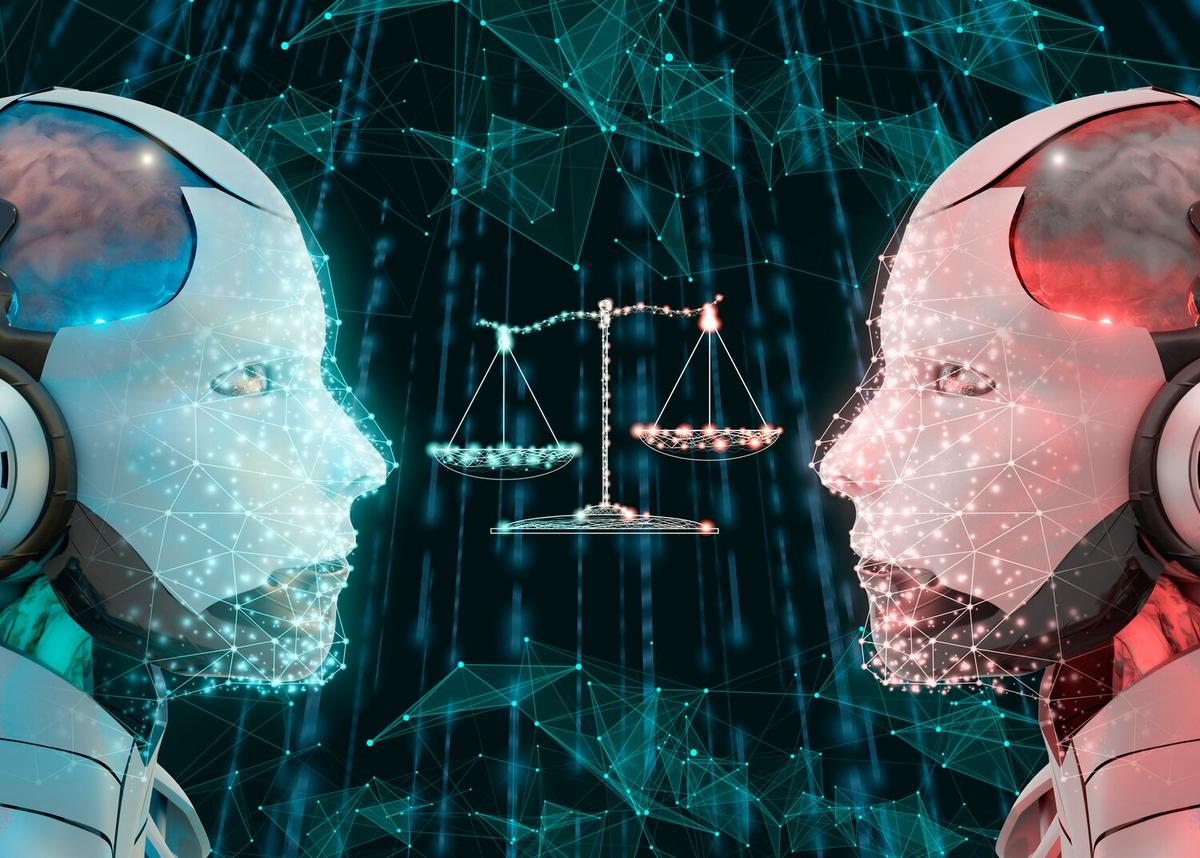
AI and Cybersecurity: A Double-Edged Sword
Artificial Intelligence (AI) has become a critical component in the realm of cybersecurity, offering advanced solutions to complex problems, yet it also poses potential risks that must be carefully managed.
The intersection of AI and cybersecurity is one of both promise and peril. On one hand, AI provides innovative tools to predict, prevent, and respond to cyber threats more effectively than ever before. On the other hand, it introduces new vulnerabilities and challenges that could potentially be exploited by cybercriminals.
The Promise of AI in Cybersecurity
AI’s ability to analyze vast amounts of data quickly and accurately makes it an invaluable asset in the fight against cyber threats. According to a report by the Cybersecurity Ventures, the global cybercrime costs are predicted to reach $10.5 trillion annually by 2025, highlighting the urgent need for robust defense mechanisms. AI helps by automating threat detection, reducing response times, and improving the accuracy of threat identification.
Expert Insight
According to a cybersecurity expert from the SANS Institute, “AI is a game-changer in cybersecurity, offering unprecedented capabilities in threat detection and response.”
The Perils of AI in Cybersecurity
Despite its advantages, AI also presents new challenges. One major concern is the potential for AI systems to be manipulated by attackers. A study by MIT Technology Review found that AI algorithms could be deceived by carefully crafted inputs, leading to incorrect conclusions and actions.
Real-World Example
A notable example of AI’s vulnerability was demonstrated when researchers tricked an AI system into misidentifying an image by making subtle changes. This highlights the need for ongoing vigilance and improvements in AI security.
Balancing the Double-Edged Sword
- Regularly update AI systems to patch vulnerabilities.
- Implement multi-layered security strategies that do not solely rely on AI.
- Conduct regular audits and penetration testing to identify potential weaknesses.
Comparison Table: AI Benefits vs. Risks
| AI Benefits | AI Risks |
|---|---|
| Faster threat detection | Vulnerable to manipulation |
| Automated response | Potential for errors |
| Improved accuracy | Dependence on data quality |
| Cost efficiency | High initial setup cost |
| Scalability | Possibility of biased decisions |
| 24/7 monitoring | Resource-intensive |
| Predictive analysis | Complexity in implementation |
| Enhanced data protection | Privacy concerns |
FAQ
What is the role of AI in cybersecurity?
AI helps in automating threat detection and improving response times to cyber threats.
Can AI completely replace human cybersecurity experts?
No, AI should complement human expertise, not replace it. Human oversight is crucial for effective cybersecurity.
What are some risks associated with using AI in cybersecurity?
AI can be manipulated by attackers, and its effectiveness depends on the quality of data it analyzes.
Conclusion
AI in cybersecurity is indeed a double-edged sword. While it offers remarkable potential in enhancing security measures, it also requires careful implementation and continuous monitoring to mitigate risks. By balancing the capabilities of AI with human expertise and adopting comprehensive security strategies, organizations can harness the power of AI effectively and safely.


